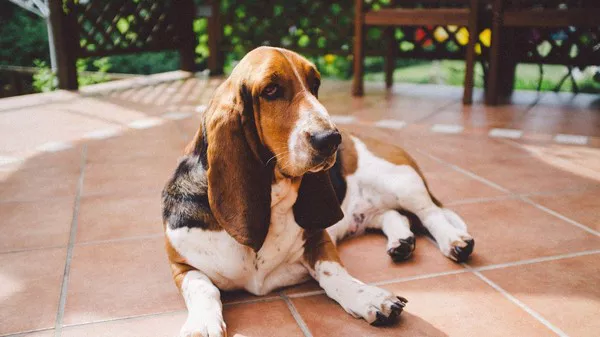Bringing home a basset hound puppy is an exciting and joyful experience. However, with this new addition to your family comes the responsibility of house training. Potty training is a fundamental aspect of raising a well-behaved and clean canine companion. In this comprehensive guide, we will explore the step-by-step process of house training your basset hound puppy, along with tips to make the journey smoother and create a strong bond with your furry friend.
Understanding the Basset Hound Puppy
Before delving into the house training process, it’s essential to understand the unique characteristics of basset hound puppies that can influence their potty training.
1. Basset Hound Potty Training Challenges
Basset hounds are known for their strong will and sometimes stubborn nature. This characteristic can pose challenges during house training, but with patience and consistency, successful potty training is achievable.
2. Frequent Bathroom Breaks
Basset hound puppies have small bladders, and they need to relieve themselves frequently. Be prepared for more frequent bathroom breaks during the initial stages of potty training.
3. Positive Reinforcement
Basset hounds respond well to positive reinforcement, so use treats, praise, and affection to reward your puppy when they exhibit appropriate potty behavior.
Step-by-Step Guide to House Training a Basset Hound Puppy
Step 1: Establish a Routine
Creating a consistent daily routine is the foundation of successful house training. Schedule regular feeding times and take your basset hound puppy outside to the designated potty spot after meals, playtime, waking up, and before bedtime.
Step 2: Choose a Designated Potty Spot
Select a specific area in your yard as the designated potty spot for your basset hound puppy. Consistently taking them to the same spot will help reinforce the association between that spot and potty time.
Step 3: Supervise and Confine
Keep a close eye on your basset hound puppy at all times when they are indoors. Use a leash or confine them to a small, puppy-proofed area when you cannot supervise. This prevents accidents and allows you to observe their potty cues.
Step 4: Learn the Potty Cues
Observe your puppy’s behavior for signs that they need to go potty. Typical cues include sniffing the floor, circling, whining, or suddenly becoming restless. When you notice these signs, take them to the designated potty spot immediately.
Step 5: Use Positive Reinforcement
When your basset hound puppy eliminates in the designated potty spot, praise them enthusiastically and offer a small treat as a reward. Positive reinforcement strengthens the connection between the desired behavior and the reward.
Step 6: Deal with Accidents Gracefully
Accidents are part of the house training process. If your basset hound puppy has an accident indoors, avoid punishment, as it can lead to fear and confusion. Instead, clean up the mess calmly using an enzymatic cleaner to remove the scent and prevent repeat accidents.
Step 7: Be Patient and Consistent
House training takes time and requires consistency. Be patient with your basset hound puppy and continue following the established routine. Consistency reinforces the expected behavior and helps your puppy understand what is expected of them.
Tips for Successful House Training
1. Establish a Feeding Schedule
Regular feeding times can lead to more predictable potty times. Avoid free-feeding and establish a consistent feeding schedule to help regulate your basset hound puppy’s bathroom habits.
2. Keep a Potty Journal
Maintain a potty journal to track your puppy’s bathroom habits. Note the times they eat, drink, and eliminate. This journal can help you identify patterns and adjust the routine accordingly.
3. Be Mindful of Water Intake
Monitor your basset hound puppy’s water intake, especially during the evening. Reducing water intake a couple of hours before bedtime can reduce the likelihood of nighttime accidents.
4. Avoid Punishment
Avoid scolding or punishing your basset hound puppy for accidents. Instead, focus on positive reinforcement and rewarding good behavior. Punishment can create fear and hinder the house training process.
5. Be Prepared for Nighttime Breaks
During the early stages of house training, be prepared to take your puppy out for potty breaks during the night. As they grow older, they will develop better bladder control, and nighttime breaks can be gradually reduced.
Conclusion
House training a basset hound puppy requires patience, consistency, and positive reinforcement. Understanding your puppy’s unique characteristics and needs will help you navigate the potty training journey successfully. Establishing a routine, using positive reinforcement, and being patient with your furry friend will create a strong bond and lead to a well-behaved and house-trained basset hound that brings joy and companionship to your home for years to come.
Related Topics:


























